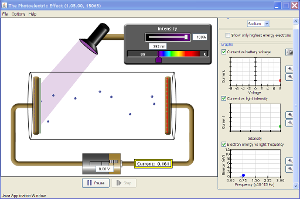Notes:
Bernoilli's Equation-> PV=Energy?
FLUIDS
Objectives
After studying the material of this chapter, you should be able to:
1. Distinguish between density, weight density, and specific gravity and given an object's mass and volume, calculate the object's density, weight density, and specific gravity.
2. Define pressure and calculate the pressure that an object of known weight exerts on a surface of known area and express the magnitude of the pressure in psi, lb/ft2, N/m2, or pascals (Pa).
3. Calculate the pressure acting at a depth h below the surface of a liquid of density (ρ).
4. Distinguish between absolute pressure and gauge pressure and solve problems involving each type of pressure.
5. State Pascal's Principle and apply this principle to basic hydraulic systems.
6. State Archimedes Principle and use this principle to solve problems related to buoyancy.
7. Explain what is meant by streamline flow, the equation of continuity, and the flow rate. Apply these concepts to word problems to solve for the velocity of water at a particular point in a closed pipe.
8. Use Bernoulli's equation and the concept of streamline flow to solve for the velocity of a fluid and/or the pressure exerted by a fluid at a particular point in a closed pipe.
Galileo's Thermometer
Raft Problem (AP 2005)
Spring water Problem
Height of the atmosphere
Cartesian Diver
Simple barometer
Orbitz Soda
Lava Lamp
Lawn Chair Balloon
Practice questions
http://wps.prenhall.com/esm_giancoli_physicsppa_6/17/4353/1114493.cw/index.html
http://higheredbcs.wiley.com/legacy/college/cutnell/0471663158/ilw/pages/p25.html









